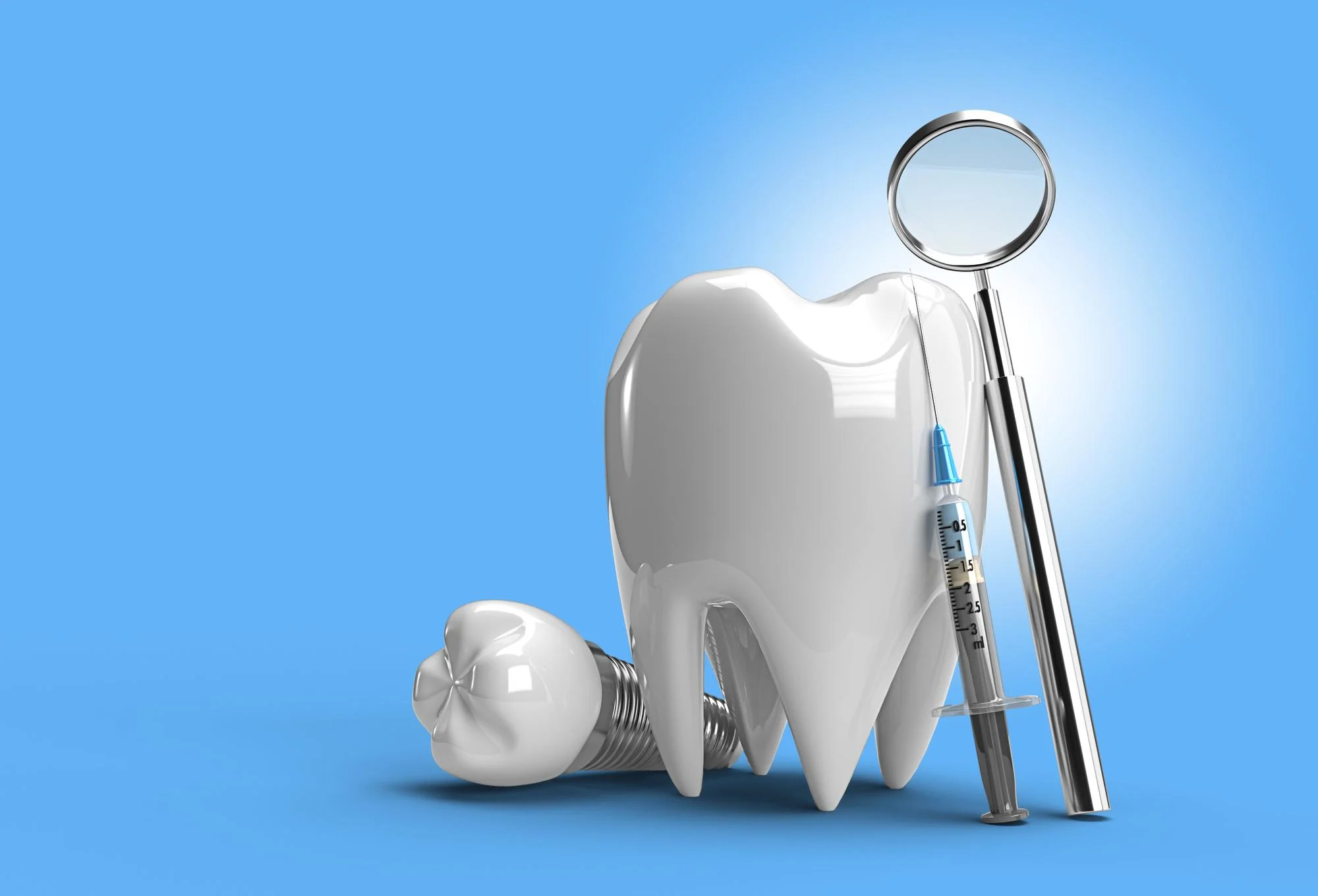Introduction
A recent study published in the Dental Materials journal has taken a closer look at the long-term viability of yttria-stabilized zirconia (Y-TZP) as a material used for dental implant abutments. The use of dental implants has revolutionized restorative dentistry by providing a stable and durable solution to replace missing teeth. The quality and type of materials used for the implant’s abutment—the component that connects the implant to the prosthetic tooth—is crucial in ensuring the longevity and compatibility of the dental implant with the human body.
The study, conducted by Panagiotis Pandoleon and colleagues at the Aristotle University of Thessaloniki, Greece, focused on the biological behavior of different implant abutment materials and how they interact with human gingival fibroblasts, which are cells responsible for producing the connective tissue fibers necessary for gum health around the dental implants.
The Research
The materials compared in this study included Y-TZP, lithium disilicate (LS2), and a titanium alloy (Ti). Y-TZP, a type of ceramic known for its high strength and aesthetic qualities, has become a popular choice for abutments in dentistry. However, its long-term biological interactions with gingival tissue were not fully understood.
Researchers prepared cylindrical specimens of each material and conducted several experiments. Y-TZP specimens were divided into three groups based on aging conditions: no aging (Zr0), aging for 5 hours at specific temperature and pressure conditions (Zr5), and aging for 10 hours under the same conditions (Zr10).
Surface roughness, a factor that can influence cell attachment, was measured using optical profilometry. Cell metabolic activity or viability was assessed with the MTT assay, which measures the metabolic activity of living cells. Additionally, scanning electron microscopy (SEM) and confocal microscopy were used to observe morphological changes and the ratio of live/dead cells in human gingival fibroblasts (HGFs) subjected to the different materials.
Findings and Implications
The study revealed that aging of Y-TZP significantly reduced the metabolic activity and viability of HGFs. Surprisingly, no such effects were observed when HGFs were in contact with non-aged zirconia, lithium disilicate, or titanium, which behaved comparably to control cultures. Interestingly, HGFs exposed to LS2 eluates even showed an increase in cell metabolic activity and viability.
Morphological observation indicated a decreased number of alive cells and sparser distribution of HGFs cultured on aged Y-TZP (Zr10) specimens. This was not correlated with surface roughness as the aging process did not alter Y-TZP’s surface micro-roughness. This suggests other factors related to the aging process might influence the biological interaction with gingival cells.
The research poses important questions about the aging process of Y-TZP and its appropriateness for long-term use as a dental implant abutment material. A decrease in cell viability and altered attachment properties of gingival fibroblasts can impact the maintenance of healthy gingival architecture around dental implants.
Future Considerations
The implications of this research are significant. Although Y-TZP may be comparable to other materials like LS2 and titanium alloy in its non-aged state, the potential changes over time mean that dental professionals should carefully consider the choice of materials based on each patient’s situation and the expected longevity of the implant.
Further research is needed to explore the mechanisms behind the biological changes observed in aged Y-TZP and to find ways to mitigate these effects. This could lead to improvements in the material’s composition or to the development of new treatments or coatings that enhance its performance and biocompatibility over time.
As an important step forward in understanding dental implant materials, this study provides crucial information that could influence future clinical practices in dentistry. Ensuring that implant materials maintain their biological compatibilities over the long term is critical for patient outcomes and the overall success of dental implant procedures.
Conclusion
Choosing the right dental implant abutment material is a decision that can affect the health and longevity of dental implants. The study by Pandoleon et al. has highlighted the importance of ongoing research into how these materials interact with human tissues, as well as the need to understand the effects of aging on materials like Y-TZP.
Although Y-TZP presents advantageous properties compared to other materials, its aging process may introduce risks that could compromise the effectiveness of the dental implant. This study serves as an important reminder to the dental community to remain vigilant about the materials chosen for dental implants and to continue seeking improvements in dental technology.
References
Pandoleon, P. P., Bakopoulou, A. A., Papadopoulou, L., & Koidis, P. P. (2019). Evaluation of the biological behaviour of various dental implant abutment materials on attachment and viability of human gingival fibroblasts. Dental Materials, 35(7), 1053–1063. https://doi.org/10.1016/j.dental.2019.04.010
Keywords
1. Dental Implant Materials
2. Yttria-Stabilized Zirconia Aging
3. Gingival Fibroblast Compatibility
4. Implant Abutment Biocompatibility
5. Dental Material Longevity
(Note: For purposes of SEO, the suggested keywords are based on potential search terms that would be relevant to the content of the article. Actual search engine optimization would also depend on further keyword research and analysis based on current search trends and competition.)
